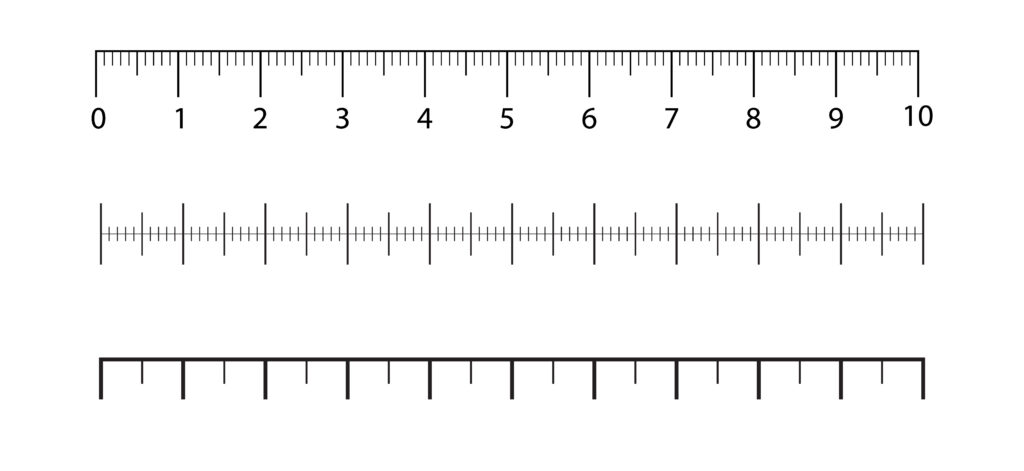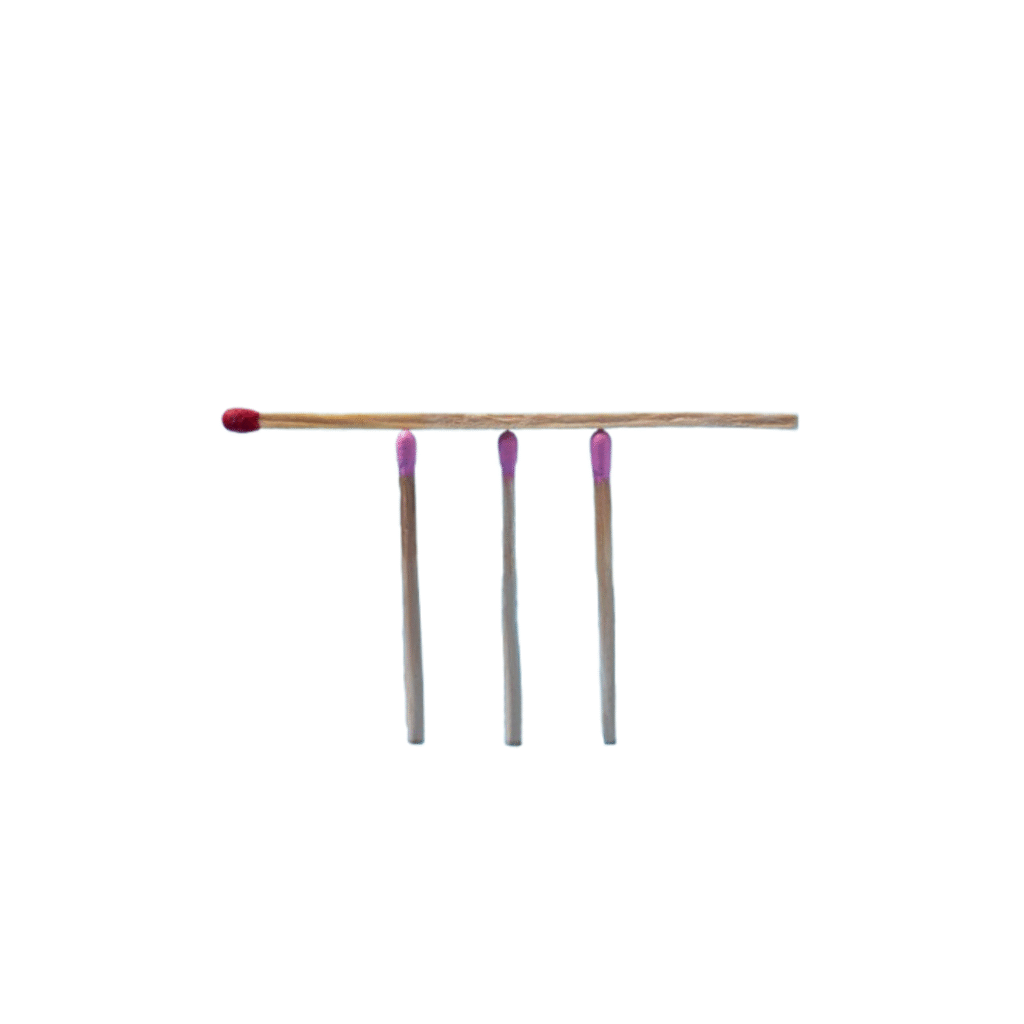Limits and Continuity
Visualizing Function Behavior at Critical Points
Explore how functions behave as they approach specific points. Observe different types of limits and continuity through interactive examples!
Continuous Function
Limit: Not Calculated
Current Function:
f(x) = x² (continuous everywhere)
Observation:
The function approaches the same value from both sides at x=0, and the limit equals the function value.
The Mathematics Behind Limits and Continuity
Key Concepts:
Limits describe the behavior of functions as they approach specific points:
- Limit exists: Left and right approaches equal the same value
- Continuous function: Limit equals function value at the point
- Removable discontinuity: Limit exists but ≠ function value (hole)
- Jump discontinuity: Left and right limits differ
- Infinite discontinuity: Function approaches ±∞
Real-world Applications:
Limits are fundamental in calculus for defining derivatives and integrals. They model real-world phenomena like instantaneous velocity, growth rates, and optimization problems in physics, engineering, and economics.



